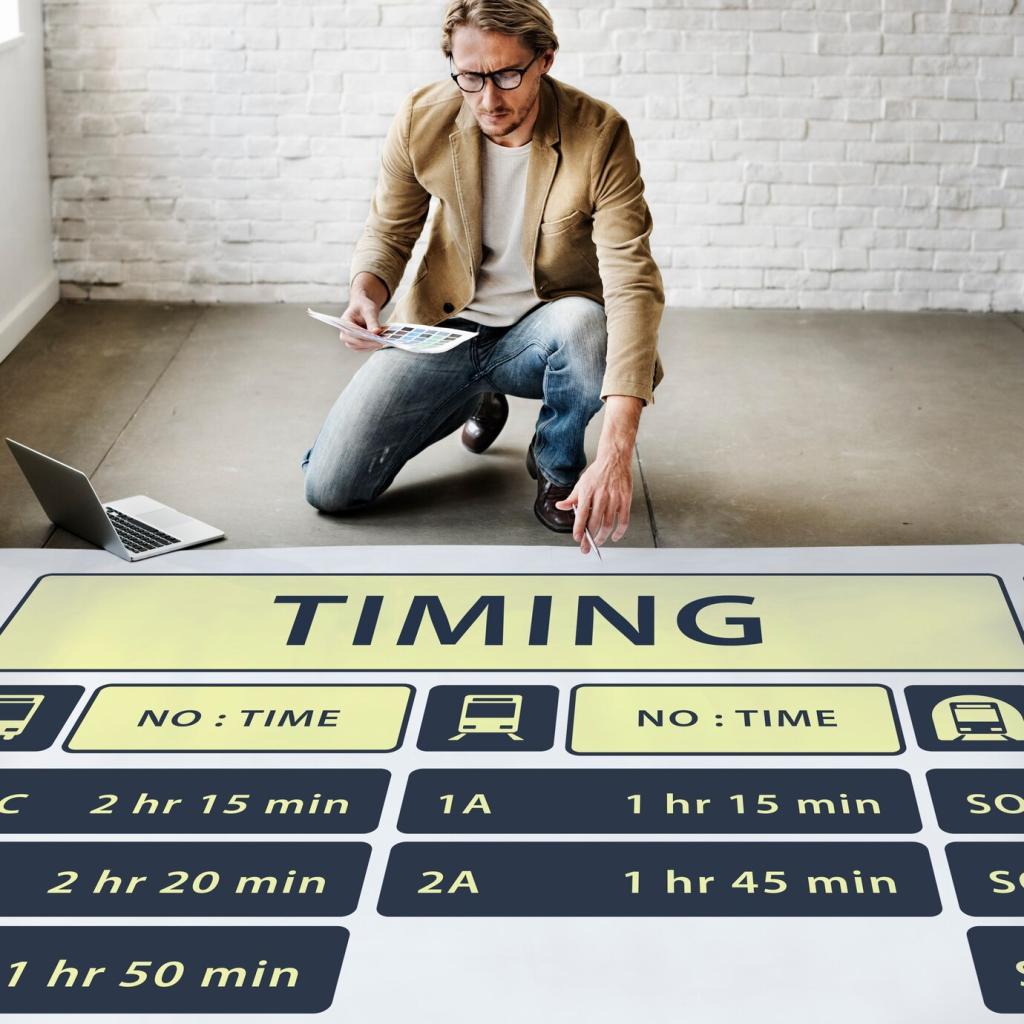Scheduling Screen-free Times That Stick
Let mornings belong to bodies and minds, not feeds. Sip water, stretch, and review the day with a notebook. This screen-free time protects clarity and intention before notifications start pulling attention in every direction.
Scheduling Screen-free Times That Stick
Choose a dependable mealtime and make it a screen-free time for everyone. Keep conversation prompts nearby and rotate a simple tradition, like gratitude or story-sharing. Consistency turns a single meal into a daily anchor.









